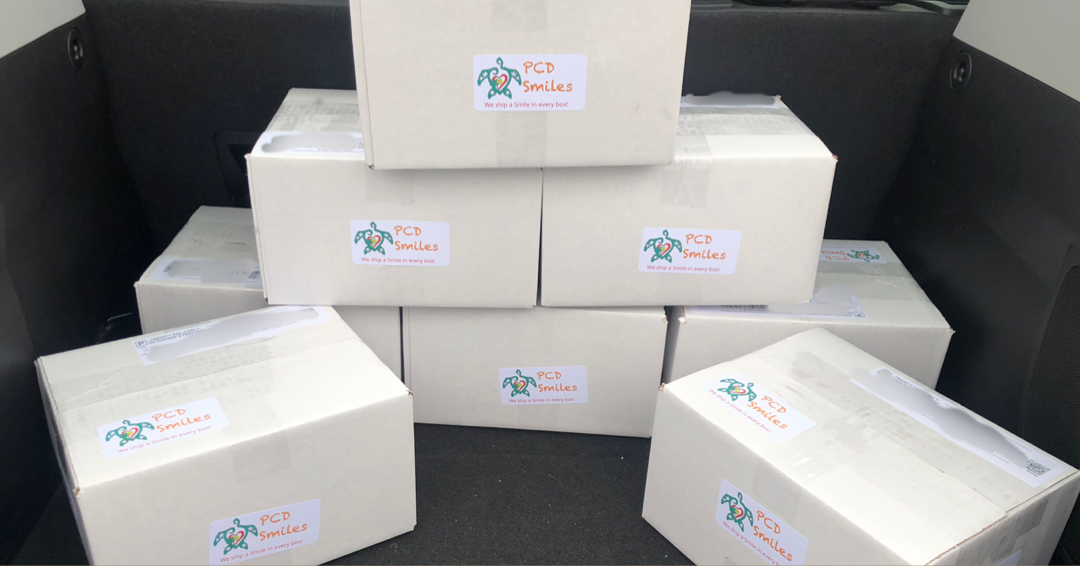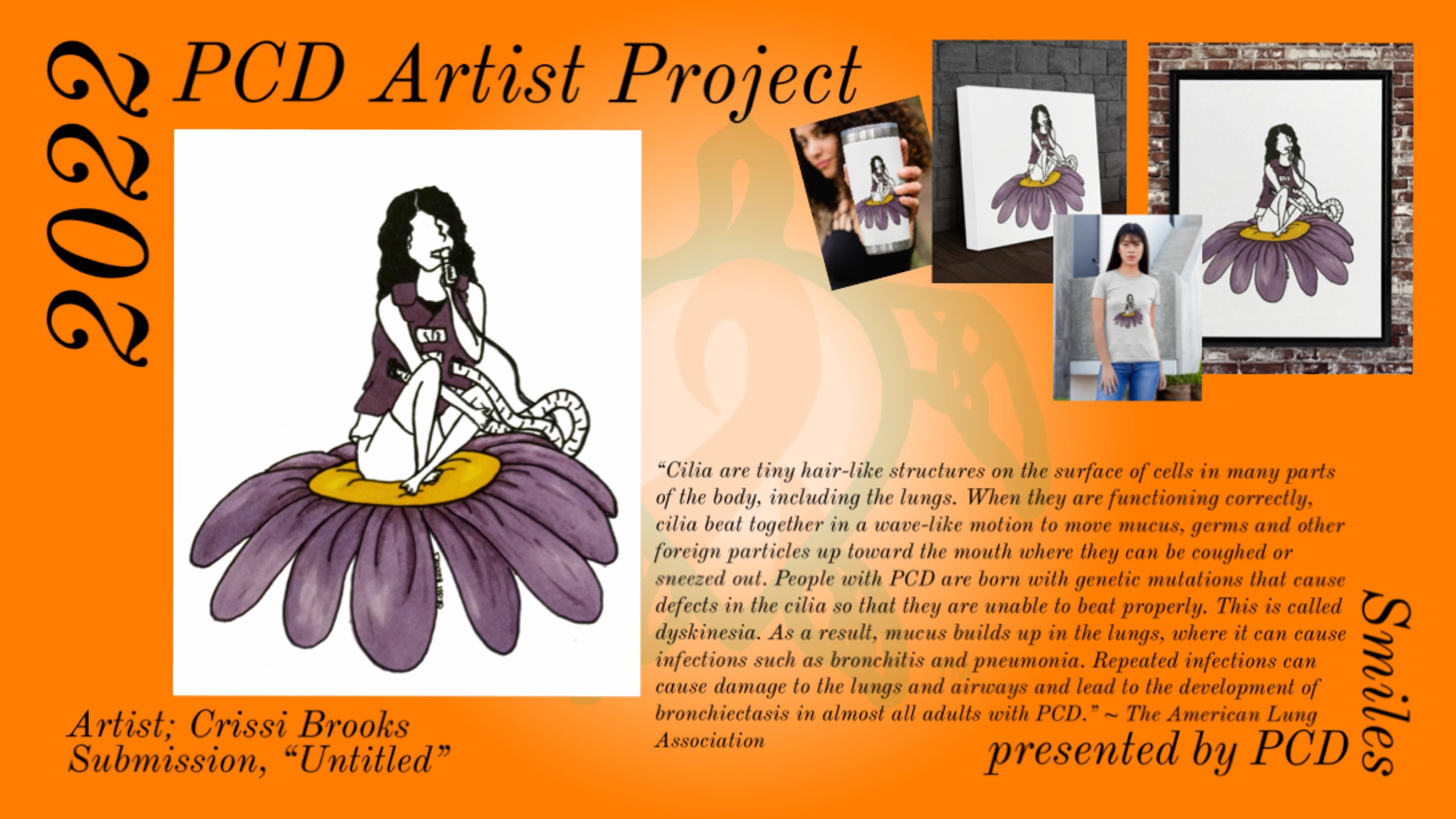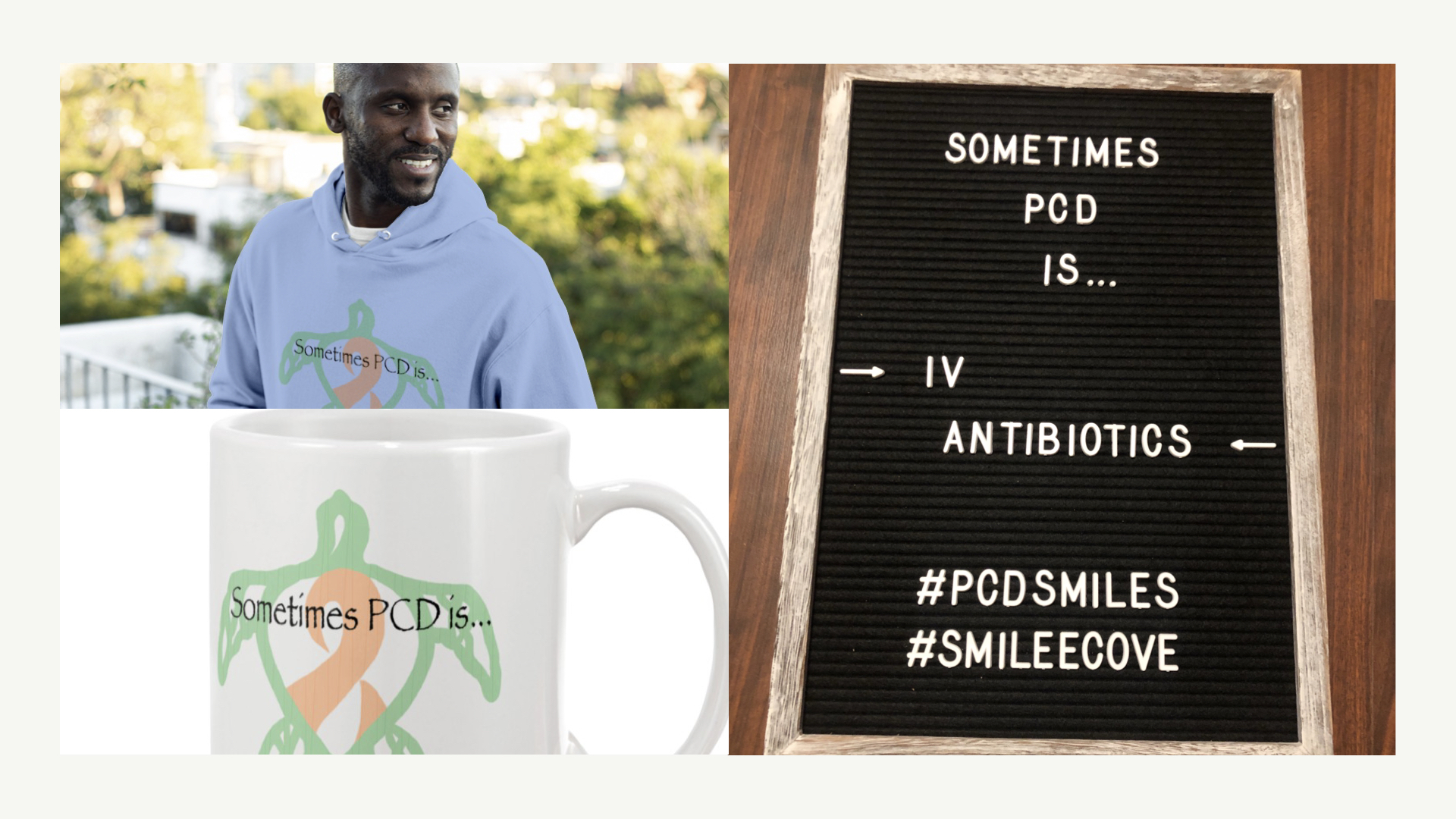***For the purposes of this topic we will be focusing solely on NTM pulmonary disease in regards to the PCD patient. Please keep in mind that many medical conditions can contribute to the acquisition of NTM pulmonary disease and affect it’s disease path. This topic is not meant to be an all encompassing article on NTM, nor does it replace or is it intended to replace medical advice from your physician. If you believe that you may have an NTM pulmonary disease, please seek the advice of a licensed physician or licensed Infectious Disease Specialist.***
NTM pulmonary disease, or Nontuberculosis mycobacterial lung disease, is caused by inhaling naturally occurring mycobacteria which are found in the environment; most notably water and soil. People are exposed to NTMs every single day, everywhere they go, and they do not get sick from it. Those who develop NTM pulmonary disease are people who have other health issues like preexisting or prior lung disease, and or a weakened immune system. NTM is also called atypical TB or atypical tuberculosis, EM or environmental mycobacteria, environmental tuberculosis, MOTT or mycobacteria other than tuberculosis, and MAC or mycobacterium avium complex; MAC is actually just one of the 170, known to date, species of NTM. Typically the species of NTM that cause moderate to severe pulmonary disease in pulmonary patients are mycobacteria avium complex also known as M. avium complex or MAC, MAI also known as M. intracellulare, mycobacteria abscessus also known as M. abscessus, and mycobacteria kansasii also known as M. kansasii. MAC, MAI, and M. kansasii are the most common NTM species to cause pulmonary disease; where as M. abscessus is the least common and the most difficult of the four species of NTM that cause pulmonary disease to treat. Once a person develops a NTM pulmonary disease they are not considered to be contagious even when showing signs of illness, because current research has shown that NTMs can not be passed from person to person. NTMs if caught early are treatable; though treatment is often very expensive, and can last two to three years in length. If left untreated, the pulmonary disease will worsen causing structural damage and worsening lung function. It’s extremely important to note that due to NTM species’ resistance to antibiotics; treatment of a NTM pulmonary disease should only be considered if there is solid scientific evidence that the NTM is causing illness to the patient.
NTMs can be divided into two classes; slow growing NTMs and rapid growing NTMs. Slow growing NTMs require more than fourteen days of incubation for mature growth. The most common slow growing NTMs that cause pulmonary disease are MAC, MAI, and M. kansasii. M. kansasii is the easiest of the three to treat; often being able to be treated with only three antibiotics. Whereas MAC and MAI can be stubborn and require three to five antibiotics, for up to eighteen months, to achieve effective treatment. Pulmonary disease from slow growing NTMs progresses slowly and has a overall better chance of successful treatment; which increases the chance of preventing pulmonary structural defects in the patient. Rapid growing NTMs can mature in just seven days of incubation. The common rapid growing NTM that causes pulmonary disease is M. abscessus. Rapid growing NTMs are often the most difficult and most stubborn of the NTMs to treat, because they can form biofilms and they can interact with protozoans; to protect themselves from antibiotics. M. abscessus usually requires lengthy treatment with three to five antibiotics for two to three years, chemotherapy in patients that can withstand it, tissue resection of the diseased lung tissue, and or any combination of the aforementioned treatments. M. abscessus is notoriously difficult to treat with antibiotic therapy alone. Pulmonary disease from rapid growing NTMs can progress very fast and have a poorer chance of successful treatment; which increases the likelihood of permanent pulmonary structural defects.
Not all persons with NTM pulmonary disease will have symptoms of disease; especially in the early stages of the disease. As the disease progresses, the more likely the person is to exhibit symptoms. Common symptoms seen with NTM pulmonary disease are; chronic fatigue, chronic cough, chest pain, wheezing, malaise, coughing up bloody mucus, night sweats, fever, reoccurring lung infections, shortness of breath, unexplained weight loss, and or unexplained loss of appetite. Unfortunately because there are no typical clinical features of NTM pulmonary disease diagnosis is often delayed, even for years.
Once successful treatment has been achieved the treatment and monitoring of NTM pulmonary disease shifts to preventing reinfection of the NTM species or infection with a different NTM species. A person with a past history of NTM pulmonary disease has about a seventy five percent chance of relapse of their NTM pulmonary disease and or acquiring a new NTM pulmonary disease with a different NTM species. There are steps to help prevent a relapse or reinfection they are as follows; switching to bottled spring water, limiting showering in enclosed spaces or shower stalls, turn up the temperature on home water heaters, avoid public hot tubs and public swimming pools, avoid private hot tubs and private swimming pools that are not properly chemically maintained, avoid home and public sprinklers, and boil all water that is used for cooking or drinking. However boiling water to get rid of NTMs can actually aerosolize the NTMs so use caution when doing so. Indoor air quality can also affect exposure to NTMs.
PCD increases the risk or vulnerability to NTMs, and having PCD with Bronchiectasis considerably increases the chances of contracting a NTM pulmonary disease. NTMs enter the lungs through the environment, and most people can clear the NTMs with the help of the cilia. In PCD where ciliary function is oftentimes limited or nonexistent NTMs can hang out in the lungs for huge amounts of time; which is what puts PCD patients at greater risks from NTMs. Due to the nature and disease progression seen in PCD; NTM pulmonary disease can and is often missed due to Bronchiectasis, pseudomonas, and lung cavitation due to pneumonia or other organisms often seen in PCD patients. According to current research the most common NTM pulmonary disease in PCD is MAC. Only about thirteen percent of PCD patients end up with M. abscessus pulmonary disease. Treatment of NTM in PCD patients is extremely important when considering that end stage PCD, in advanced PCD cases, leads to lung transplantation. If a lung transplant patient has a prior history of NTM lung disease it is important to retreat the patient for NTM pulmonary disease after transplantation. The goal of retreatment is to prevent any NTMs that have colonized in the body or are just hiding out elsewhere in the body from infecting the new lungs. Lung transplant patients with NTM pulmonary disease have a higher mortality rate than lung transplant patients without prior NTM pulmonary disease. Relapse rates for NTM pulmonary disease in PCD patients is as high as eighty percent according to some researchers. One final and interesting note on NTM pulmonary disease, that has specific implications in PCD, is study observations have revealed that women may be more susceptible to NTM pulmonary disease, because of the practice among women to cough quietly and covertly. The suppressing of the clearance of mucus for privacy sake appears to directly correlate to increase risks in NTMs and other organisms.
Be sure to visit us next week for another Topic Thursday!
Join our Facebook group Turtle Talk Café today, click here.
We have several ways that you can donate to PCD Smiles;
- Visit Smile E. Turtle's Amazon Wishlist
- For more information on how you can donate, please visit our "Donation" page to check out our "Do & Don't policies.
- Or sponsor a PCD Smiles cheer package today!
- To shop for your “Official” turtle care ribbon gear today, visit PCD Style or Smile E. Cove
Thank you for your consideration!














